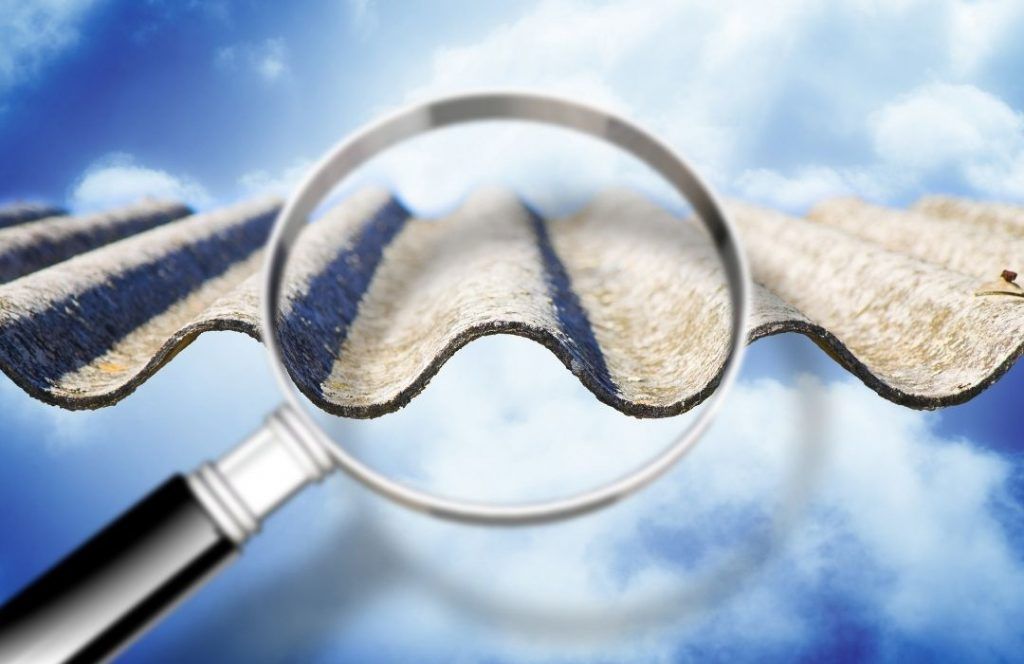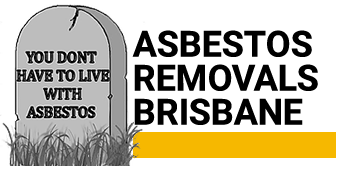

Does My House Have Asbestos?
Asbestos was widely used in Australian homes for decades, as the naturally occurring mineral offered numerous insulative benefits and fire resistance – making it the perfect building material. Though the link between asbestos and health issues was discovered back in 1924, it wasn’t until 2003 that Australia officially called a ban on all importing and exporting. Reaching a peak in the 70s and 80s, it’s estimated that up to one-third of Australian homes built prior to the ban contain asbestos – with numbers potentially reaching over a million. In today’s blog, we answer, ‘Does my house have asbestos’ and ‘how to find out if your house has asbestos.’
Does my house have asbestos? Your questions answered
When did they stop using asbestos in houses?
When did they stop using asbestos in houses? Asbestos was officially banned in Australia in 2003, though the dangers of asbestos were known for years beforehand. Between the years 1946 and 1980, asbestos was widely used in construction in Australia and mined extensively until 1983. In fact, so common was asbestos use that Australia had one of the highest asbestos rates per person in the world. It’s worth noting that the first case of asbestos-related diseases (asbestosis) was recorded in the 1920s, which was sixty years before asbestos became popular in Australia. It’s unknown why it took so long for asbestos to become banned, or the exact number of primary and secondary deaths incurred as a result of asbestos exposure – though Australia does have the second-highest Mesothelioma death rate in the world (UK the highest).
Do all old houses have asbestos?
Do all old houses have asbestos? If your home was built between the 1940s and 1980s, there’s a high chance it may have asbestos-containing materials. Some estimate that up to one-third of Australian homes contain asbestos, which is why it’s important to have your home tested if it was built before the ban.
How to find out if your house has asbestos?
If your home was built before 2003, there’s a chance it could contain asbestos – especially if it was built in the 1980s. However, it’s impossible to determine if a home has asbestos just by looking at it, as there are several areas in the home that may have asbestos-containing materials. If you’re unsure whether your home has asbestos, it’s worth getting a professional to conduct an inspection and to take some samples of areas where asbestos is commonly found (roofing, gutters, walls, underlay etc.)
How asbestos becomes hazardous
Asbestos can be found in two forms – friable and non-friable. Friable refers to ‘loose asbestos’, which refers to asbestos that’s been crushed into a fine state. This type of asbestos is the most dangerous as it’s far easier to breathe in fibres. Loose asbestos may have been applied as a coating to pipes or may have been non-friable asbestos that has deteriorated. Non-friable asbestos or ‘bonded asbestos’ is the most common type of asbestos found in homes and refers to asbestos that’s been bonded with other materials. Though it’s not usually harmful unless it gets broken or left to deteriorate, many homeowners choose to get it removed or encapsulated to be safe.
Wondering ‘does my house have asbestos’ and want to find it? Contact Myers Asbestos Removal today to arrange an inspection. You can request a free quote online or call 0412 314 588 to get in touch with a professional for an asbestos inspection and assessment.
